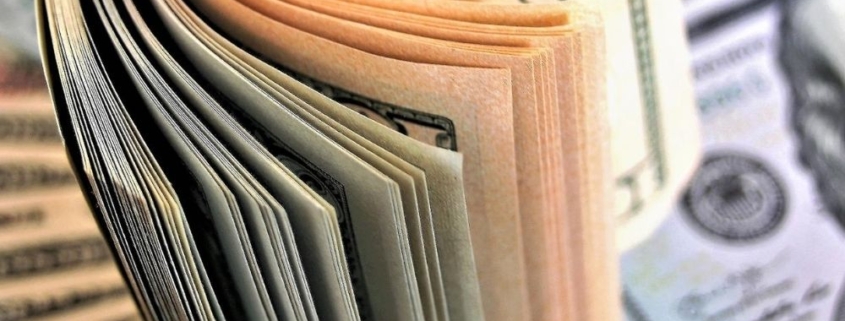Jobkeeper Payment Cycles
Jobkeeper runs over 26 fortnights from 30 March 2020 to 28 March 2021. That is 26 Jobkeeper payment cycles. Here are the relevant dates.
Jobkeeper Payment Cycles
The first round of Jobkeeper covers two quarters: June and September 2020. Its modified extension covers two more quarters: December 2020 and March 2021.
Jobkeeper 1.0
Jobkeeper 1.0 started on 30 March 2020 and ran over 13 fortnightly payment cycles to 27 September 2020, paying $1,500 per fortnight per eligible employee.
1 – 30 March to 12 April 2020
2 – 13 April to 26 April 2020
3 – 27 April to 10 May 2020
4 – 11 May to 24 May 2020
5 – 25 May to 7 June 2020
6 – 8 June to 21 June 2020
7 – 22 June to 5 July 2020
8 – 6 July to 19 July 2020
9 – 20 July to 2 August 2020
10 – 3 August to 16 August 2020
11 – 17 August to 30 August 2020
12 – 31 August to 13 September 2020
13 – 14 September to 27 September 2020
So all up you should have received 13 payments of $1,500 per employee, so all up $19,500 per eligible employee.
Jobkeeper 2.0
Jobkeeper 2.0 started on 28 September 2020 and runs until 28 March 2021, but rates change. To be eligible as an employer from 28 September onwards you must have had an actual turnover drop of at least 30% in the relevant quarter. So no more projected turnovers. It is all based on actual turnovers now.
December Quarter
From 28 September 2020 to 3 January 2021 Jobkeeper has dropped to $1,200 per fortnight per eligible full-time employee and $750 per part-time employee.
14 – 28 September 2020 to 11 October 2020
15 – 12 October 2020 to 25 October 2020
16 – 26 October 2020 to 8 November 2020
17 – 9 November 2020 to 22 November 2020
18 – 23 November 2020 to 6 December 2020
19 – 7 December 2020 to 20 December 2020
20 – 21 December 2020 to 3 January 2021
March Quarter
From 4 January to 28 March 2021 Jobkeeper drops down to $1,000 and $650 per full-time and part-time employee respectively.
21 – 4 January to 17 January 2021
22 – 18 January to 31 January 2021
23 – 1 February to 14 February 2021
24 – 15 February to 28 February 2021
25 – 1 March to 14 March 2021
26 – 15 March to 28 March 2021
So these are the 26 Jobkeeper payment cycles.
MORE
Disclaimer: numba does not provide specific financial or tax advice in this article. All information on this website is of a general nature only. It might no longer be up to date or correct. You should contact us directly or seek other accredited tax advice when considering whether the information is suitable to your circumstances.
Liability limited by a scheme approved under Professional Standards Legislation.


